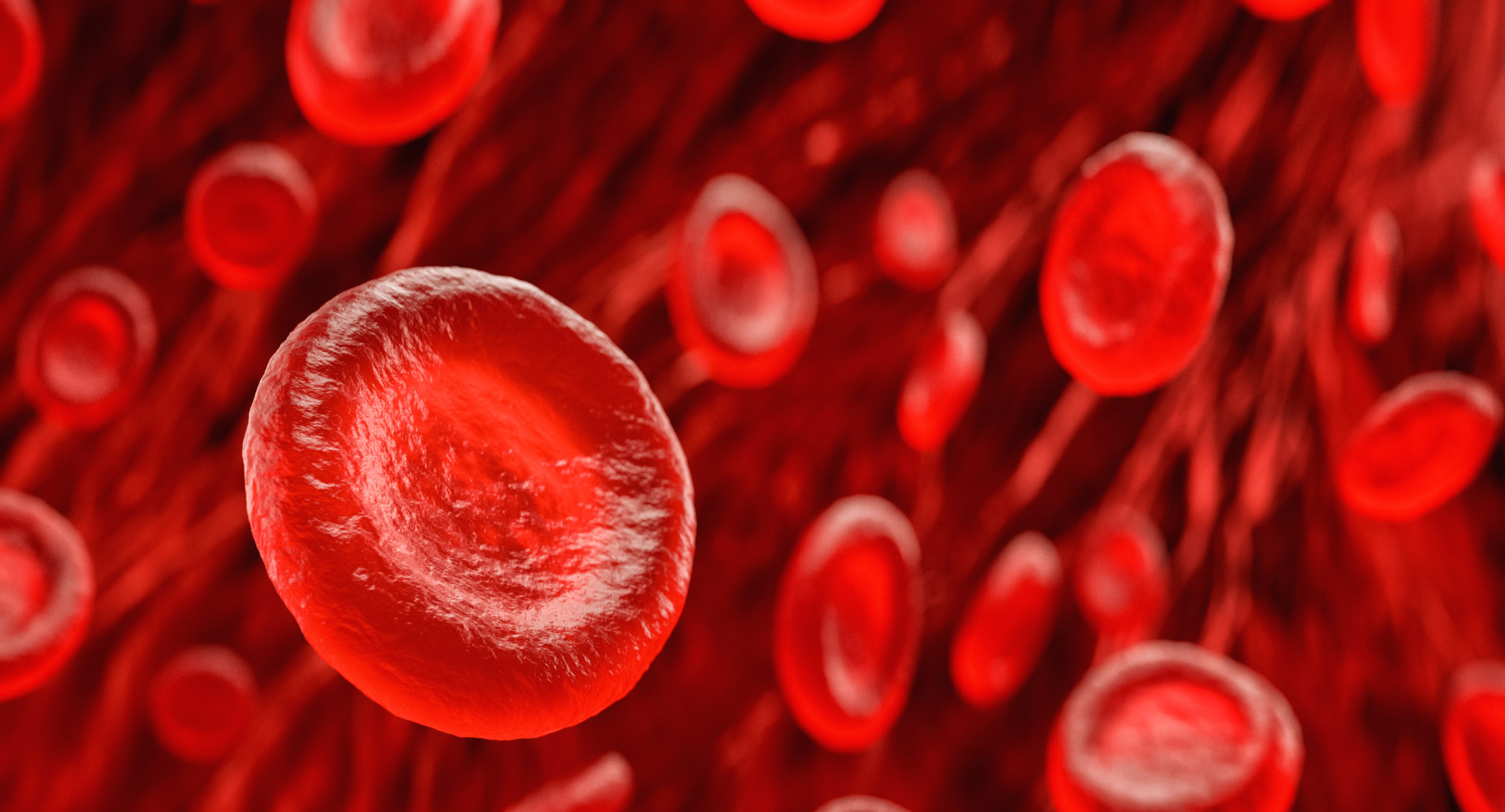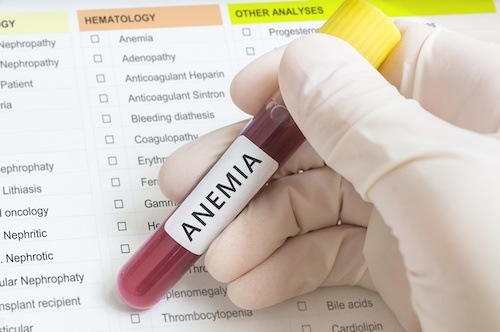
Among recipients of pediatric kidney transplantation, the prevalence of posttransplant anemia (PTA) ranges from 22% to 85%. PTA is defined as early (within 6 months of following transplant) or late (>6 months following transplant). In Frontiers in Pediatrics, Anne Kouri, MD, MS, and colleagues in the department of pediatrics, University of Minnesota, Minneapolis, describe the etiologies and management of PTA [doi:10.3398/fped.2022.929504].
Early PTA is commonly associated with surgical blood loss and iron deficiency, while late PTA results primarily from graft dysfunction. Iron deficiency, drug toxicity, and posttransplant inflammation are also related to late PTA.
Compared with anemia in patients with native chronic kidney disease matched for glomerular filtration rate, PTA is more severe. PTA treatment targets the underlying cause. Use of erythropoiesis stimulating agents (ESAs) is effective; however, their use is limited in the pediatrics transplant population. Prevention of long-term adverse outcomes in that population is related to timely diagnosis and treatment of PTA.
“Anemia is prevalent in pediatric kidney transplant recipients. Despite the disease burden and associated adverse outcomes, PTA does not receive the same attention as anemia of CKD. Additional studies and standardized guidelines are warranted to inform the evaluation of PTA risk factors, optimal target hemoglobin, and the role of ESA (timing and dosing) in the treatment of PTA in children,” the authors said.







 © 2025 Mashup Media, LLC, a Formedics Property. All Rights Reserved.
© 2025 Mashup Media, LLC, a Formedics Property. All Rights Reserved.